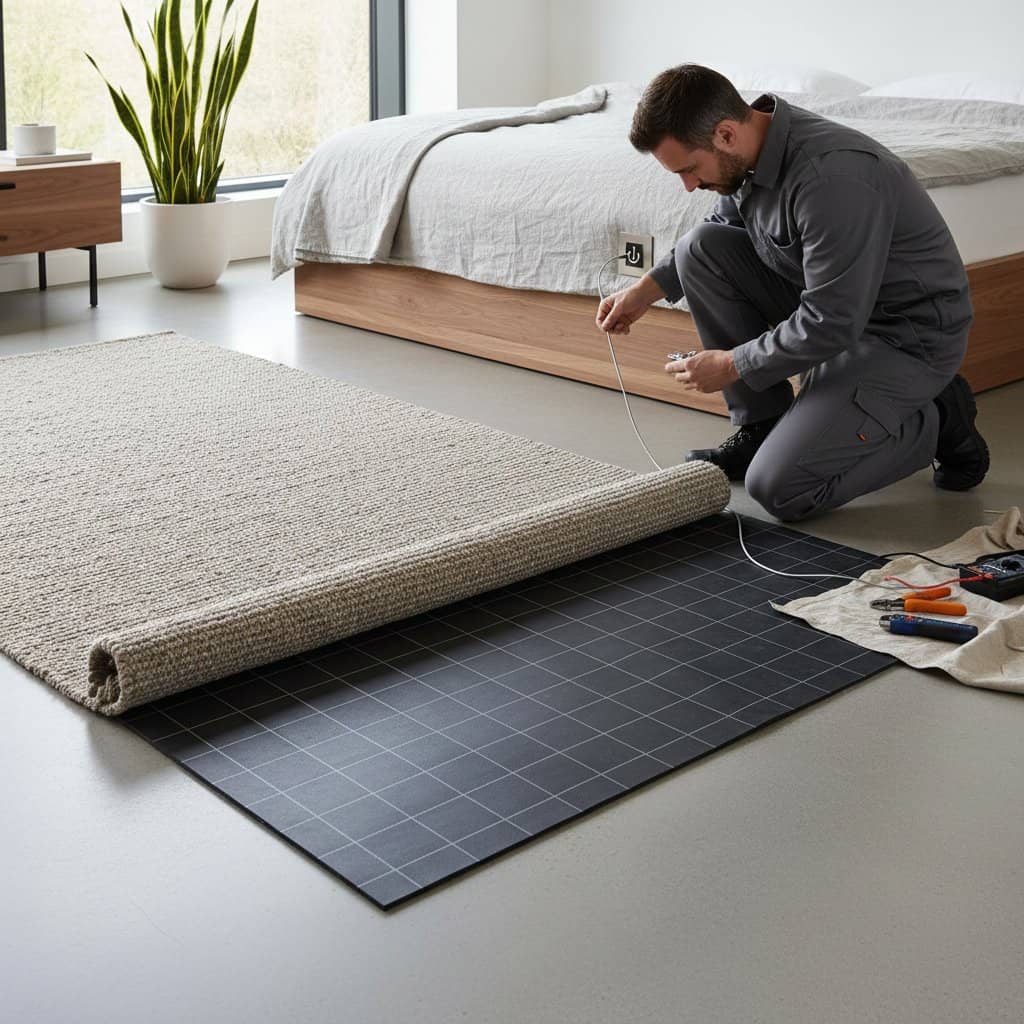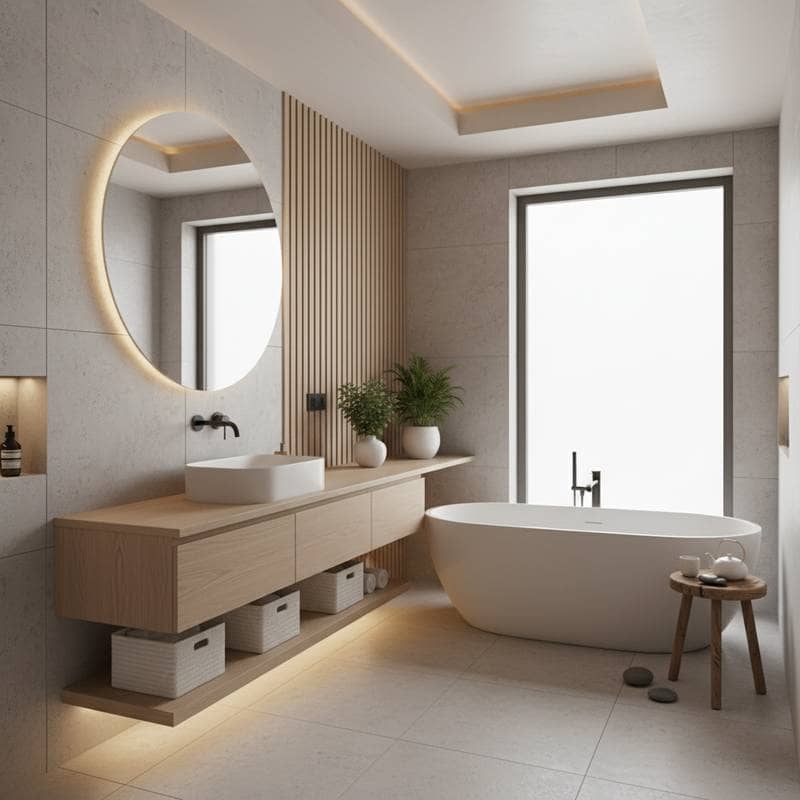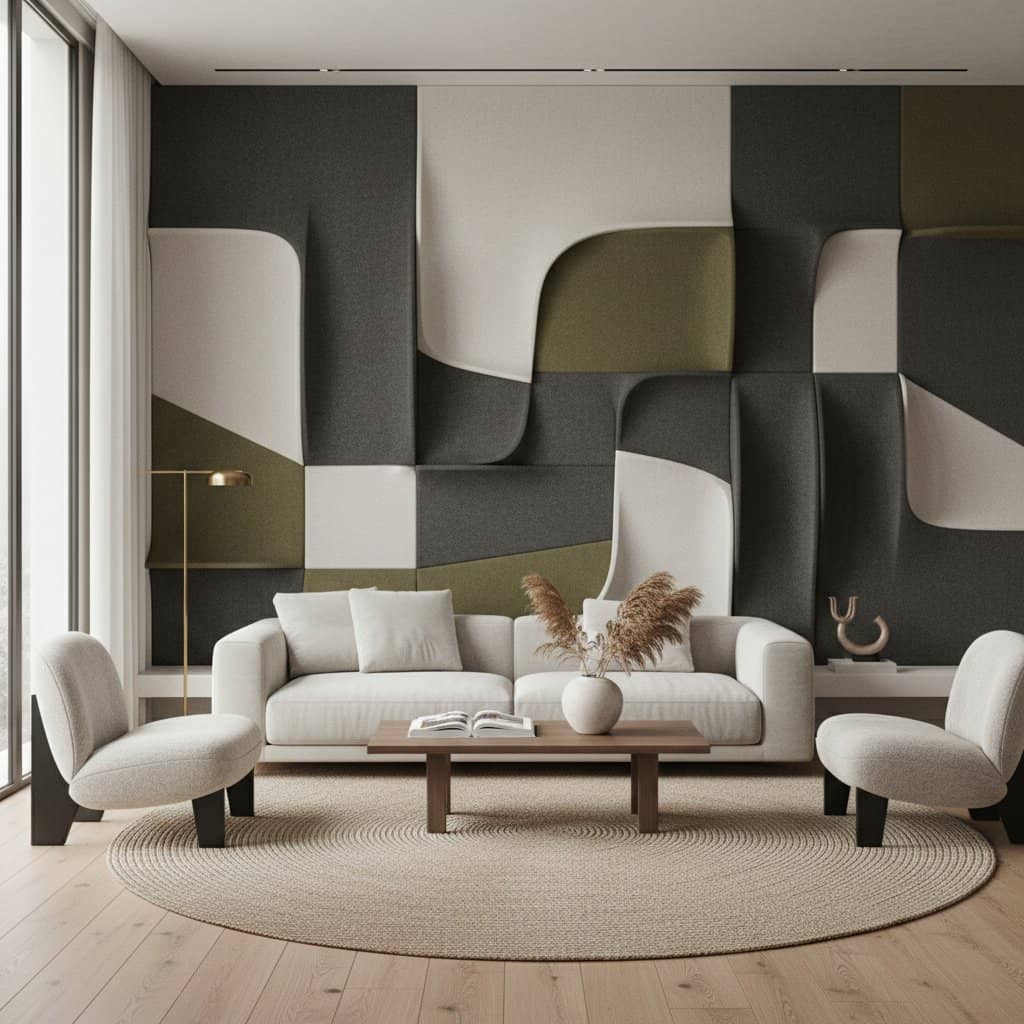Style Meets Silence: Acoustic Panels as Living Room Art
Picture settling into your sofa at the end of a demanding day. The echo from conversations and household noises lingers in your open living room, disrupting the peace. This space appears visually appealing, yet the persistent sound creates unease. Acoustic panels address this issue by serving as both functional elements and artistic features that enhance sound quality and aesthetic appeal.
The Beauty of a Balanced Living Room
The living room functions as a central hub for social interactions. It accommodates lively discussions, solitary reading sessions, evening conversations, and media viewing. Hard surfaces such as wooden floors, large windows, and sparse furniture often amplify sound reflections, leading to fatigue and distraction.
Acoustic panels provide an effective solution. These elements absorb excess sound waves, minimizing echoes and enhancing audio clarity. Contemporary designs move beyond utilitarian appearances, incorporating shapes, colors, and textures that integrate smoothly with existing decor.
Why Sound Matters as Much as Style
Effective room design considers auditory elements alongside visual ones. Sharp voice echoes or imbalanced music playback can diminish overall comfort and concentration. Optimal acoustics foster a tranquil environment where sounds integrate naturally.
View sound quality as an additional layer in your design process. Similar to selecting textiles or surface finishes, acoustic panels introduce subtle softness. They enable the creation of a living room that supports intentional quietude rather than stark emptiness.
The Appeal Lies in the Details
Recent advancements in acoustic panel design emphasize versatility. Options include vibrant colors, varied geometries, and diverse materials that encourage personalization. Certain panels replicate artwork prints, while others emulate sculpted wood or intricate fabrics.
Select panels that either blend subtly with surroundings or emerge as prominent features. Many individuals assemble gallery-style arrangements featuring panels with abstract motifs or botanical illustrations. Such configurations yield rooms that appear thoughtfully arranged while fulfilling acoustic needs.
How Acoustic Panels Work
Acoustic panels function by capturing sound waves through porous structures. Upon encountering rigid surfaces, sound rebounds, generating echoes and muddled audio. Materials like open-cell foam, natural wool, or dense fabric composites trap these waves, transforming them into minimal heat that dissipates without residue.
Strategic positioning maximizes effectiveness. Place panels opposite reflective areas, such as windows, adjacent to entertainment systems, or over expansive surfaces like dining tables. In compact or moderately sized rooms, even limited coverage yields significant improvements in sound balance.
Choosing the Right Look for Your Home
Align acoustic panel selections with your living room's established aesthetic. The following categories offer guidance for various styles:
- Minimalist Elegance: Opt for panels in neutral shades with understated textures. Arrange them in straight formations to achieve a streamlined, integrated appearance.
- Artistic Statement: Select panels featuring bold graphics or photographic reproductions. These serve dual roles as decorative accents and discussion prompts.
- Natural Warmth: Incorporate wood-bordered or fabric-clad panels in warm, grounded hues to harmonize with earthy or biophilic themes.
- Modern Geometry: Employ hexagonal or angular panels to form dynamic patterns. This method complements sleek or urban-inspired environments.
Advanced customization options permit uploading personal images or designs onto panels. This approach combines practical sound control with meaningful visual elements.
Installation Made Simple
Homeowners can install acoustic panels independently, or enlist professionals for refined results. Common methods involve clips, strong adhesives, or secure brackets. Renters benefit from repositionable adhesive hooks that preserve wall integrity.
Begin placement at ear height in primary seating zones. Distribute panels uniformly across the room to ensure even sound absorption, avoiding concentrations in single areas. For artistic displays, sketch arrangements with masking tape prior to attachment. Incorporate a mix of panel dimensions and angles to establish visual interest and flow.
Budget and Quality Considerations
Pricing for acoustic panels varies based on composition, dimensions, and customization. Consider these tiers when evaluating choices:
- Entry-Level Panels: Basic foam or polyester units wrapped in fabric typically range from twenty to forty dollars per piece. These suit modest areas or initial enhancements.
- Mid-Range Panels: Options with premium fabrics or wooden accents fall between fifty and one hundred dollars each. They provide superior absorption alongside refined visuals.
- Premium Custom Panels: Bespoke art-infused or artisan-crafted versions exceed one hundred fifty dollars per unit, offering exceptional performance and elegance.
Additional costs for expert installation average two to four dollars per square foot, influenced by project scope. In expansive rooms, engage an acoustics consultant to assess and suggest precise configurations.
Local Climate and Material Choices
Environmental factors shape ideal material selections for acoustic panels. In high-humidity zones, prioritize polyester or PET-based options resistant to moisture, which resist deformation and mold growth. Arid areas benefit from wool or cork varieties that maintain indoor moisture levels while dampening noise.
Homes with fluctuating temperatures require stable composites like cellulose or recycled fibers with minimal thermal expansion. Coastal properties exposed to saline air demand protected frames, such as those with powder coatings or varnished wood treatments. Consult installers for region-specific recommendations.
Safety and Maintenance
Prioritize panels constructed from fire-resistant materials compliant with home safety codes. Verify product certifications to confirm adherence to standards. Additionally, seek low-VOC compositions to safeguard air quality.
Routine care involves light vacuuming with a brush tool to clear dust. Address fabric spills by dabbing with diluted soap solution and water. Steer clear of excessive moisture or harsh cleaners to preserve integrity.
Creative Ways to Style Acoustic Panels
Extend acoustic panels beyond traditional wall applications for innovative effects:
- Ceiling Clouds: Hang panels overhead in conversation zones to intercept rising sound paths, forming an enveloping acoustic layer.
- Room Dividers: Utilize freestanding units to delineate open-plan sections, simultaneously managing audio propagation.
- Headboard Panels: Position behind sofas or beds to enhance comfort and reduce rear reflections.
- Layered Art Walls: Integrate panels with paintings, reflective surfaces, or storage elements for depth and variety.
Integrate panels thoughtfully into your overall scheme, whether pursuing a contemporary urban vibe or serene seaside motif.
Working With Professionals
Persistent audio imbalances or complex setups warrant expert involvement for accuracy. Acoustics specialists and interior experts collaborate to merge utility with elegance. They employ measurement devices to evaluate echo duration and identify subtle issues.
Access reliable professionals through community directories offering complimentary matching services. This platform links users with qualified contractors experienced in acoustic integration, providing estimates and advice without obligation.
Blending Artistry and Engineering
Acoustic panels excel through their fusion of technical accuracy and creative potential. Proper implementation enriches musical playback, sharpens dialogue, and deepens moments of stillness. Selecting hues, patterns, and forms that reflect individual tastes yields spaces that resonate on personal levels.
Experts characterize ideal acoustic enhancements as unobtrusive improvements. Changes occur without fanfare, yet occupants experience heightened relaxation, attentiveness, and well-being.
Bringing It All Together
Envision entering a living room enveloped in refined tranquility. Walls display vibrant details, while the ambiance feels unburdened. Lingering echoes have yielded to balanced quietude, allowing laughter or subtle sounds to integrate seamlessly.
Commence by reviewing material swatches, shade options, and form varieties that align with your preferences. Initiate with targeted placements, such as over seating, or expand to comprehensive walls. Utilize contractor directories to pair with specialists who refine concepts into reality.
This process transcends mere noise reduction; it cultivates enduring serenity. Transform your living room into the welcoming retreat envisioned, where aesthetics and acoustics converge harmoniously.



